Welcome to North Shore Linens online store. Let us take you on a tour of the website and show you how it works.
No problemo! Just select ‘Curbside Pickup’ at checkout.
Here is what out curbside location looks like (photo below). This is not a retail shop for you to browse (sorry), it’s an office/warehouse with limited stock specifically for curbside orders.
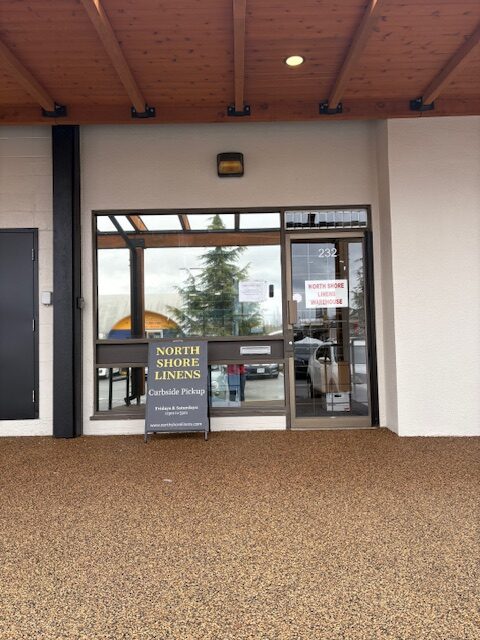
Once your order is ready, we’ll send you an email notification looking something like this:

We’d love to see you every day of the week, but we also need time to pack orders, run our site, and demo our latex mattresses — you get it!
We’re happy to arrange a scheduled pickup if the posted times don’t work—just email us first.
Walk-ins pull our team off the packing line and slow everyone’s orders, so we work by appointment outside posted hours. Thanks for helping us keep things moving!
When you arrive
Press the North Shore Linens buzzer (black box, shiny button, left of the door — you can’t miss it).
Or ring 604-980-2970 and we’ll trot out for car-side pickup. Fries not included; banter is. 🍟
Please show your name and order confirmation (not to be confused with the pickup confirmation).
No skill testing math question, promise. (We tried it once. It was a whole thing.)
Live in North Vancouver and prefer home delivery? We offer local drop-offs too!
FREE local delivery on orders over $100
Orders under $100 may include a $15–$20 delivery fee
We deliver on weekends and some weeknights
If you need your order faster, you’re welcome to:
Pay for shipping, or
Choose Curbside Pickup instead
Before you grab your keys…
“Curbside Pickup” isn’t code for “instant.” Much of our stock is summoned from local suppliers (with grace and patience).
Fast track: likely this weekend
Slow waltz: custom/out-of-province, 2–4 weeks
Wait for the Ready for Pickup email — surprise visits make our packers go cross-eyed.
Thank you for supporting our small, independent business!
Every order means the world to us 💛
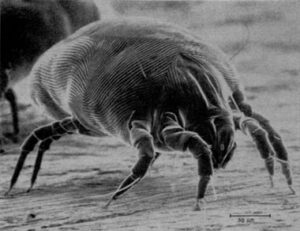 Because most of us “average” humans spend a third of our lives in bed, we use pillows to rest our heads on when sleeping (as well as for a variety of other peculiar practices!). Pillows are the place for heads, our dreams and for our “Dust Mites”.
Because most of us “average” humans spend a third of our lives in bed, we use pillows to rest our heads on when sleeping (as well as for a variety of other peculiar practices!). Pillows are the place for heads, our dreams and for our “Dust Mites”.
These minute Mites are as fond of your bed as you are, but, unlike a few of us, they prefer to stay in bed for a lifetime, and, unless vigorously attacked, always will.
We, our Dust Mites and us, get on fairly well together in the same bed, but for people with allergies the result is often Asthma, wheezing, night coughs and stuffiness (Most of us have experienced “stuffiness” of some sort or other – in one bed or another).
It is estimated by a well known estimator, who wishes to remain anonymous, that a third of coughs in bed are due to Dust Mites. A further third are due to embarrassment, and a final third of coughs are to avoid laughing out loud!
The pillow can be that area of the bed of highest parasitical involvement, or scientifically speaking , where we and our Mites are too close for comfort. So what can we do to keep Mites hopping out of, and not in to our pillows?
Regularly put pillows out to air “on a dry day”. Always use pillow protectors and wash them regularly in very hot water as cold water kills nothing. One of the reasons Dust Mite allergies are on the rise is due to cold water washing, So wash all your bedding Hot! Hot! Hot!. Pillows get very old and grumpy after three to four years of use. (That’s 1118894 1/2 generations of Mites. The gestation period for pregnant Mites is around 4 1/2 minutes). Did you know, you can stand 126 Dust Mites on the head of a pin, providing the last one stands on one leg. So if you see a Dust Might, step on it.
So buy a good pillow and wash it (Hot!) or dry clean it at least once a year. Also “plump up” your pillows vigorously, it gives the female Mites a headache and any fool knows that interferes with their sex life.
So what pillow to buy? How many of you have bought nearly every pillow on the market and are still not happy? Hands up!
Well did you know the Dust Might does not like wool, makes them scratch causing skin disorders. How to Treat A Dust Mite with Skin Disorders.So if you are having reactions to these little pests you might want to try wool products. The Dust Mite struggles to penetrate Down and Feather shelled pillows as the weave is so tight, especially those Mites with larger “mite baring hips”. Synthetic pillows are so inexpensive replacing them twice a year will help.
If none of this helps then you will need to encase your pillows with a Dust Mite Proof Cover and we just happen to have them. We also cary Dust Mite Mattress Covers and Dust Mite Covers for your duvet/quilt.
And Next the infamouse BED BUG
Wool Pillows, Duvets/Quilts and mattress Pads
Synthetic Non Allergenic Pillows
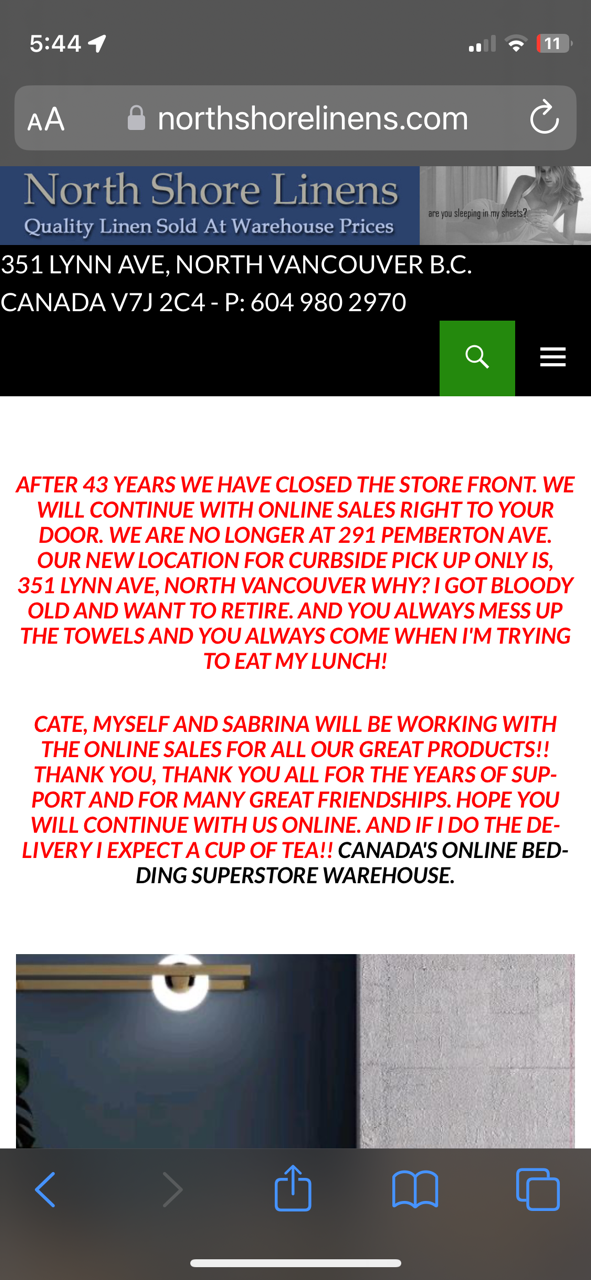
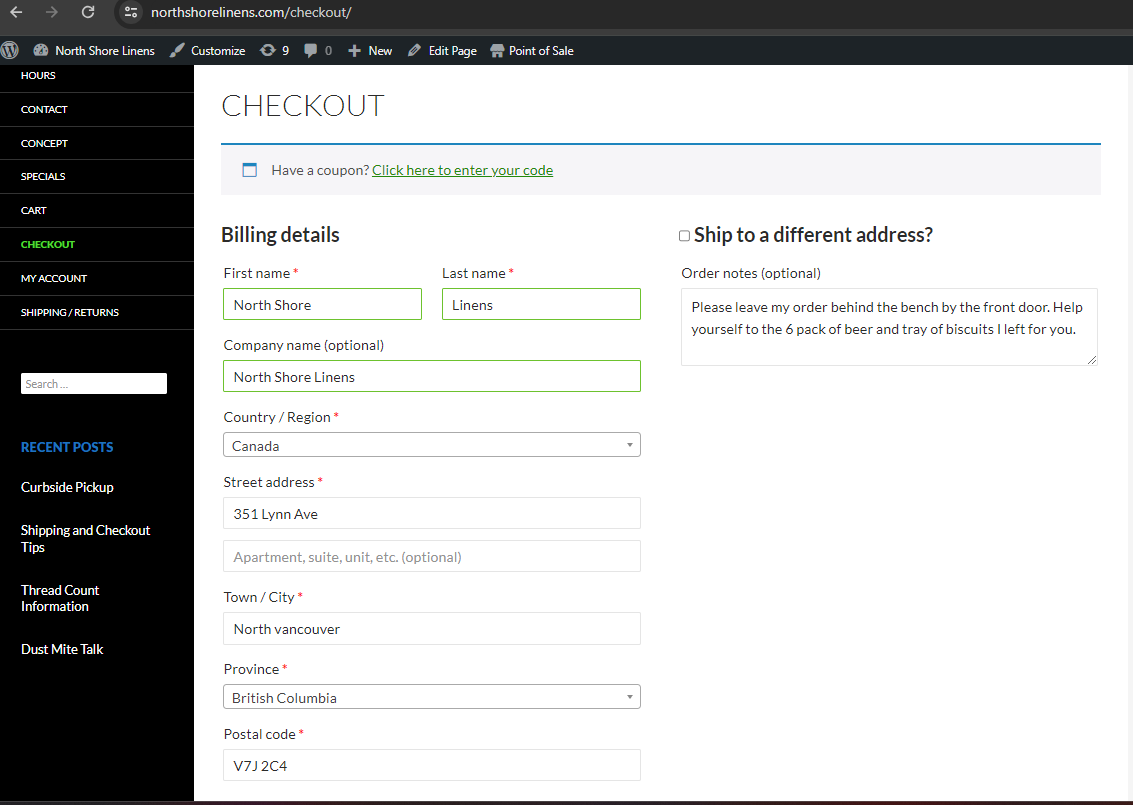
Checkout as a ‘Guest’
Troubleshooting Curbside Pickup
What is the difference between ‘Cart’ and ‘Checkout’ on the left side menu?
Shipping to (the address you have inputted for delivery. ex the above quote is for 351 Lynn Ave.). |
What does “if less, difference refunded” mean?
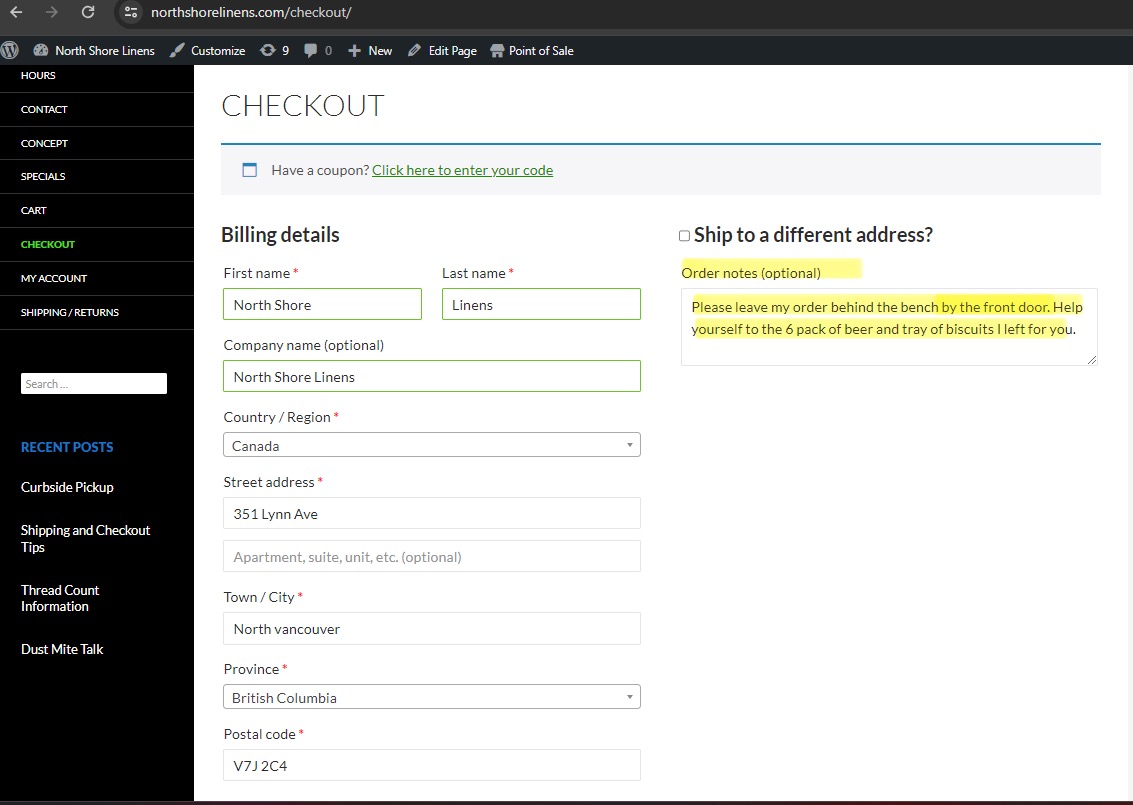
Shipping Zones
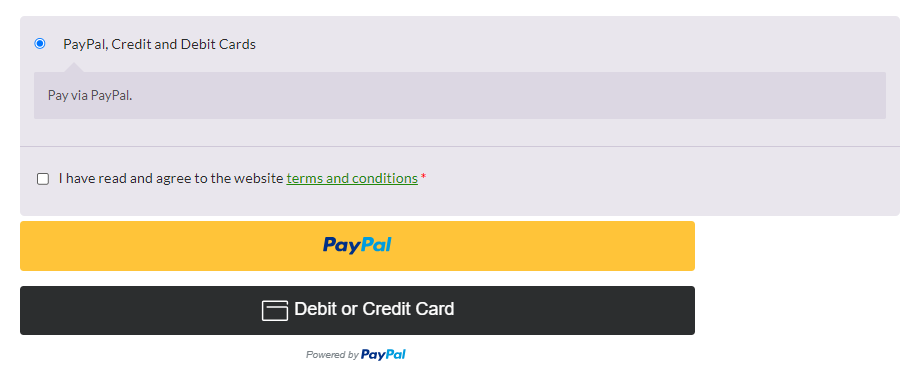
You do not require a Paypal account to shop with us.
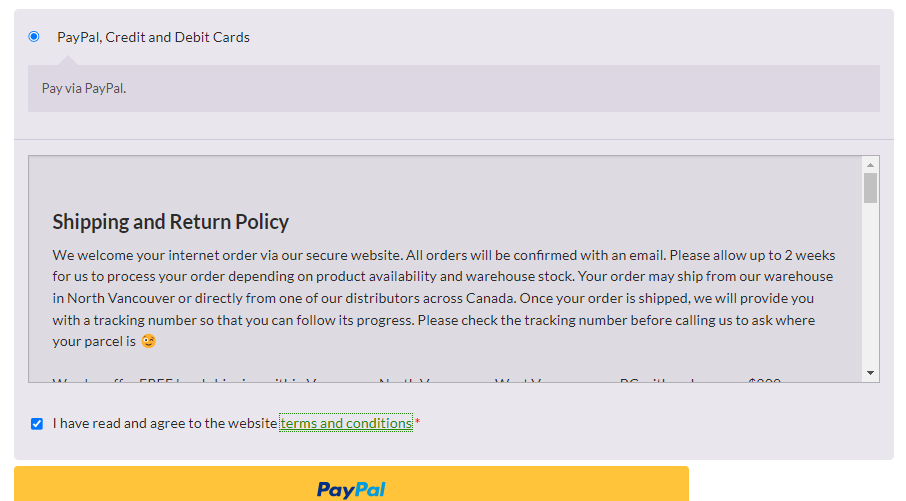
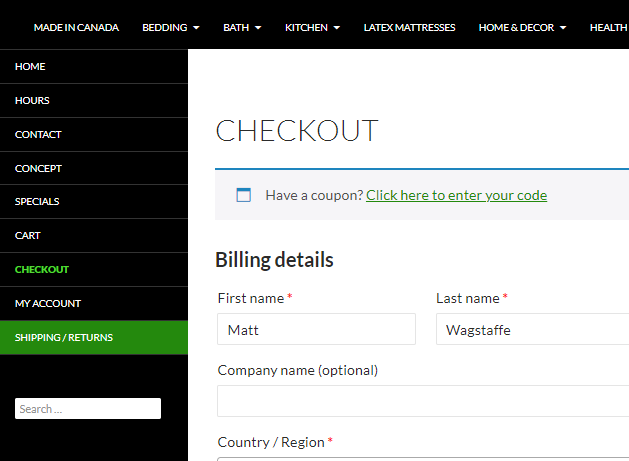
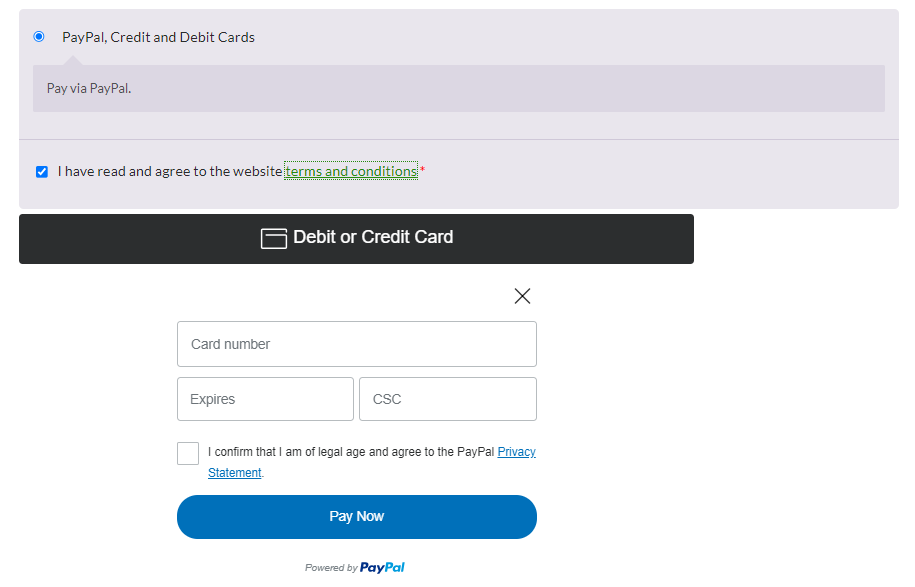
“Because waking up in a puddle isn’t just for toddlers anymore.”

We’re all a little reluctant to talk about aging — especially when it starts creeping into the bedroom.
(And no, get your mind out of the gutter. I’m talking about sleeping.)
Nobody enjoys waking up in a pool of sweat, making that 3 a.m. sprint to the loo, or lying wide-eyed in the dark while the sheep parade by for the fifth night in a row.
Menopause doesn’t just change your hormones — it hijacks your sleep, your sheets, your temperature, and your patience.
But here’s the good news: your bedding can actually help. No, seriously. There are simple, cozy swaps you can make to transform your bed from a furnace into a breezy, breathable haven.
Let’s talk about it — with humour, honesty, and maybe a little help from our woolly friends.
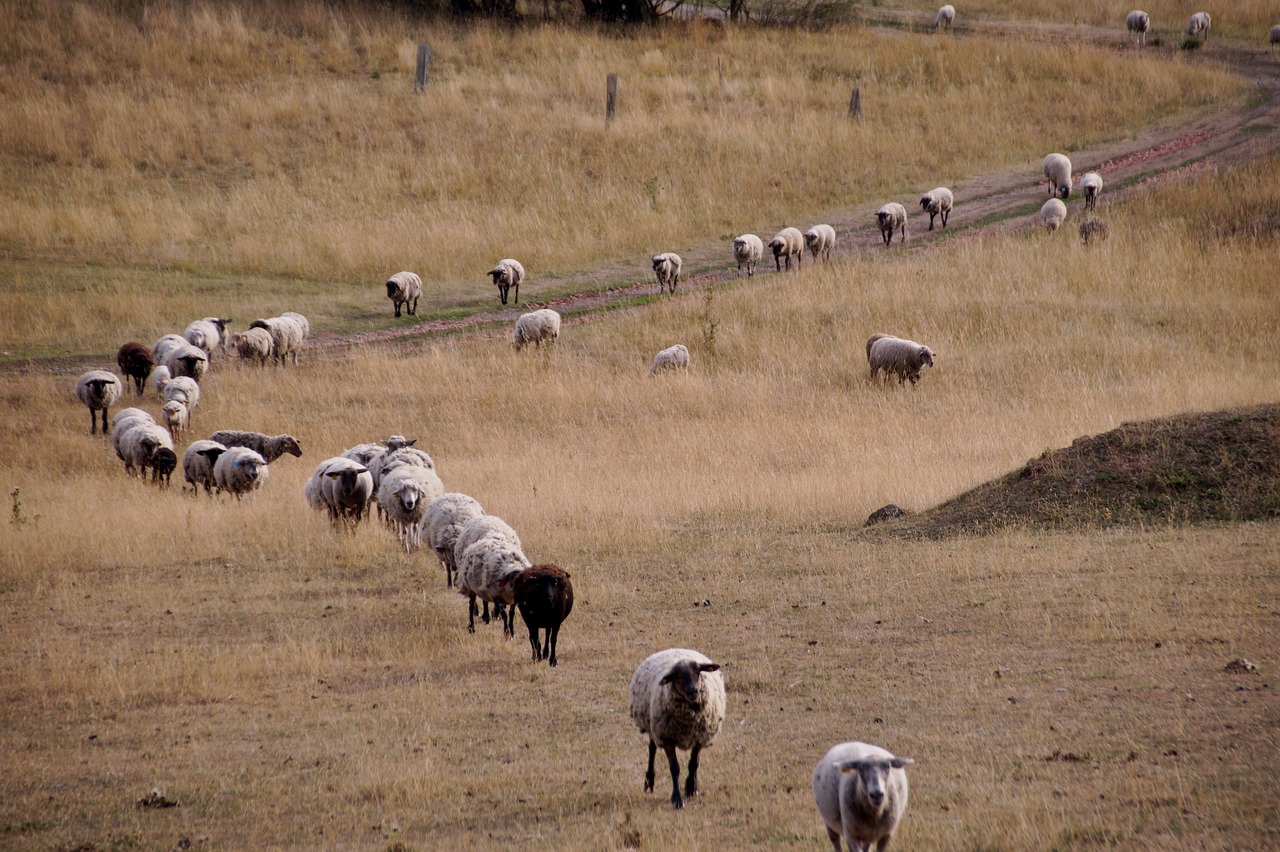
Menopause.
The word alone makes people shift in their seats — especially if you’re not part of a family that discusses bodily functions over dinner (ours does, sorry not sorry).
It’s uncomfortable, a bit embarrassing, and often swept under the rug like a rogue tampon wrapper. But menopause is a natural evolution for all women — and if someone tells you it’s a walk in the park? They’re either genetically blessed or lying through their hormone-deprived teeth.
The good news? A few simple bedding upgrades can turn your bed into a breathable, sweat-friendly sanctuary that actually helps soothe hot flashes, night sweats, and those restless nights where you’d sell your soul for a breeze.
So go ahead — put those ovaries to rest, once and for all.
Here are some cheeky (but seriously helpful) bedding suggestions to help you sleep like your pre-menopausal self again:
What you sleep on matters just as much—if not more—than what you sleep under.
You could be rocking 100% linen sheets (a.k.a. the Beyoncé of breathable bedding), but if you’re lying on a polyester or vinyl-backed mattress protector? You might as well be napping on a sandwich bag.
That’s right—your hot flashes don’t care how luxurious your sheets are if your mattress pad is trapping all that heat and moisture like a clingy ex.
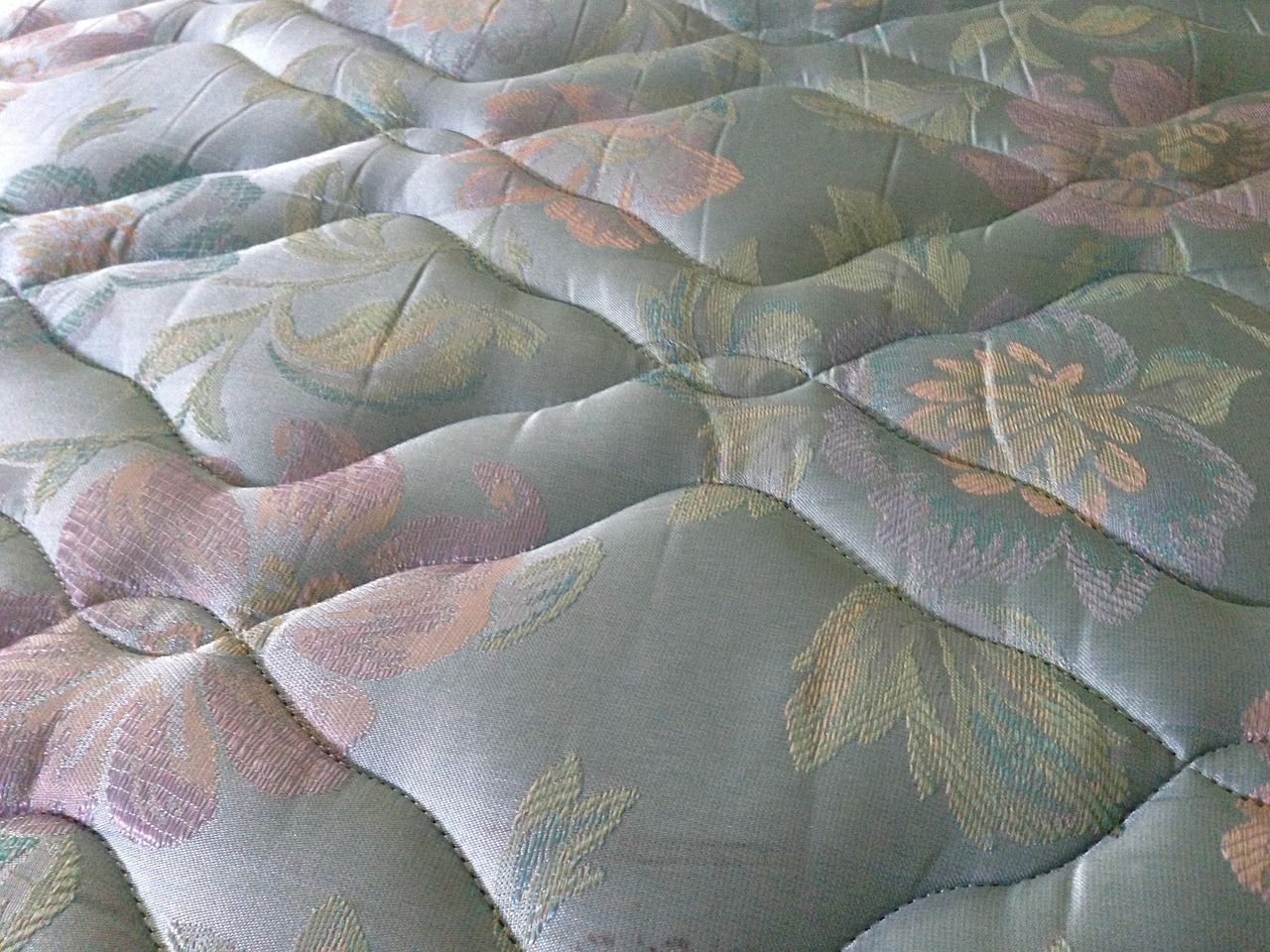
Tip: Swap out synthetic or waterproof protectors for breathable, natural fibres. Or, if you’re stuck with a heat-trapping one because of a mattress warranty (we see you), layer a natural fibre pad on top to get that air flowing again.
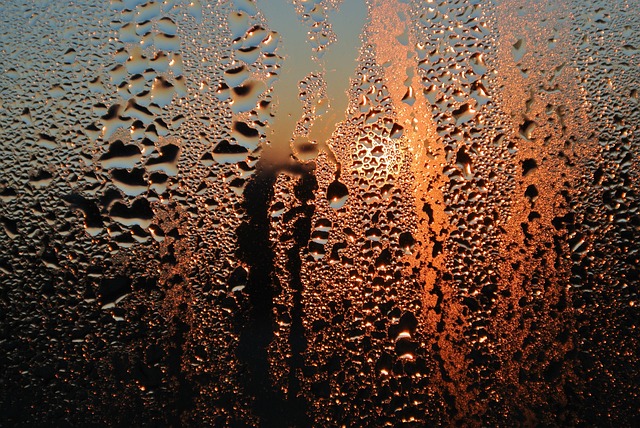
The more airflow under you, the cooler and calmer you’ll be.
A breathable mattress base = better sleep, fewer hot flashes, and less waking up in a full sweat puddle wondering what your life has become.
The problem?
Most modern mattresses come with vinyl or waterproof membranes that must stay on to keep your warranty intact. Makes sense for the manufacturer, but not for your poor overheating body.
Hot Tip:
If you’re stuck with that heat-trapping cover, layer a natural fibre protector or pad on top to get that airflow back. Boom—warranty safe, menopause managed.
Okay, let’s talk about the midnight sprint to the loo—or the dreaded leak before you even make it. If your bladder’s got jokes or your period’s acting like it’s auditioning for a comeback tour, these are for you.
Use them to protect a specific area of your bed rather than the whole thing. Less coverage, more comfort.
Tuck them under your fitted sheet so your sleep setup stays discreet.
Add a breathable pad on top for extra cooling—especially if your partner sleeps hot or cold and you’re trying to keep the peace.
Bonus: Great for pet parents. You and Fluffy can both leak a little and still wake up besties. 🐶🐾
Pee together, stay together.
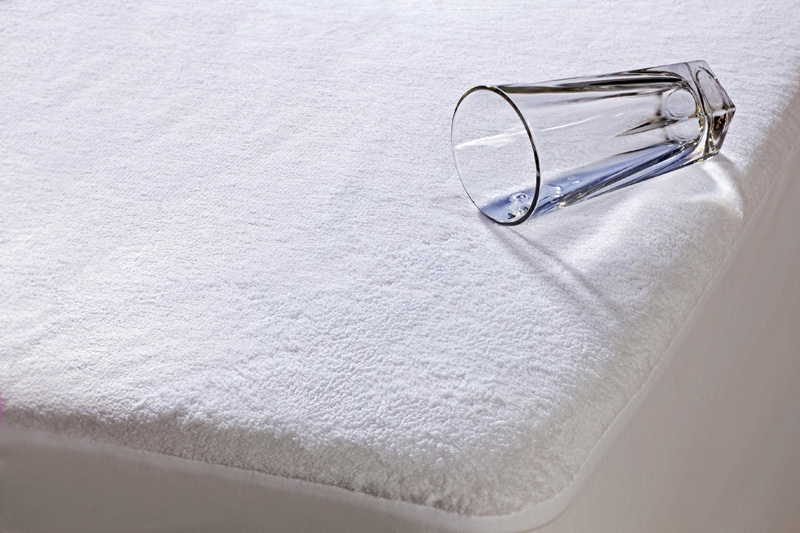
Durable. Affordable. Breathable.
Cotton protectors are the OG of mattress protection—simple, effective, and totally wash-friendly (because let’s be real… menopausal nights can be messy).
If you’re the kind of person who doesn’t mind tossing in an extra load (or has to thanks to midnight bladder betrayal), cotton’s your low-maintenance mate.
Hot Tip:
Go easy on the heat! Cotton loves to shrink if you crank the dryer. Air dry or go low ‘n slow to keep things fitting right.
Our faves?
Triple-layer 100% cotton – breathable and structured, with a bit more protection between you and your mattress.
Organic cotton – because your hormones are wild enough without adding chemicals into the mix.
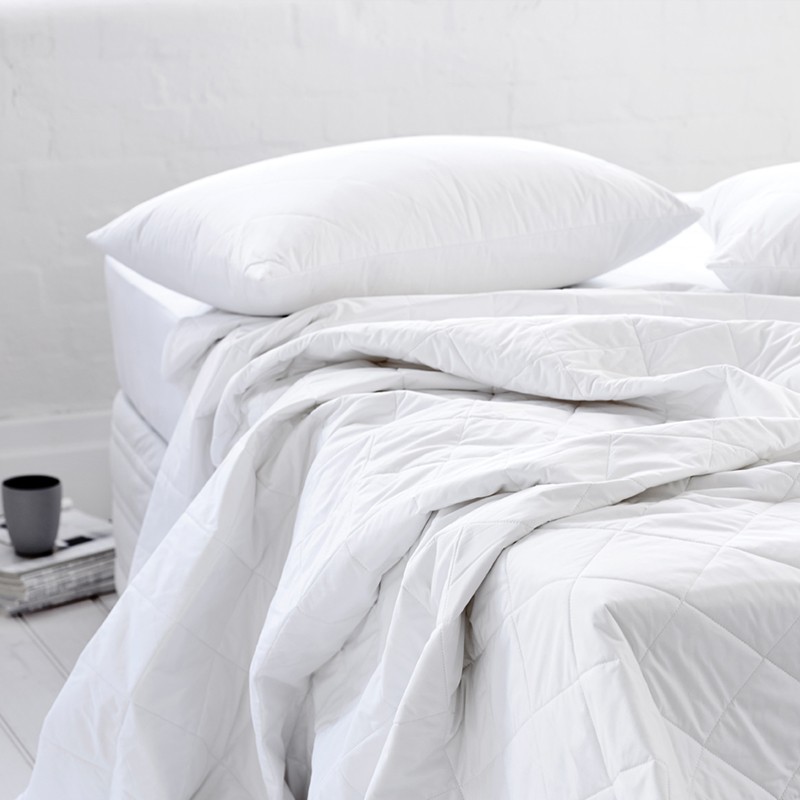
Cooling, hypoallergenic, and a total pro at keeping you dry when your hormones are throwing a rager at 3 a.m.
Silk naturally draws moisture away from your skin, helping regulate body temperature and reduce those is it me or is the bed on fire moments. If your hot flashes are more like spontaneous combustion, silk’s here to cool the chaos.
And nope, you don’t need to schlep to the dry cleaner. Ours is machine washable—just treat it gently with a hang dry or low/no heat tumble to keep it in top shape.
Our fave?
Silk protector with a 220-thread count cotton shell and natural long-strand silk fill – breathable, elegant, and built to help you stay comfortable all night long.
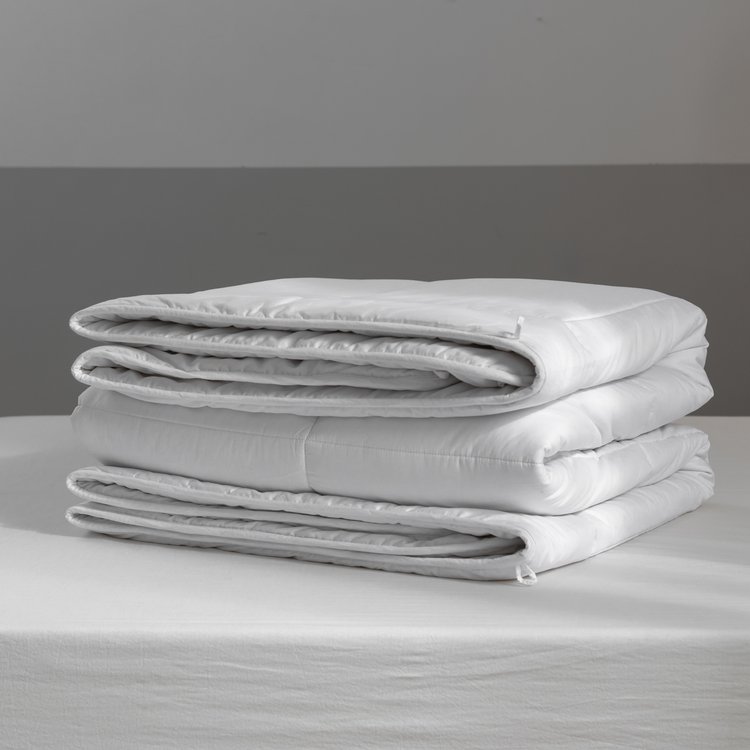
Non-allergenic, moisture-wicking, and master temperature regulator. I know, I know—wool probably reminds you of those itchy socks from childhood or the bulky pea coat you begrudgingly wore in winter. Sounds hot, right? But hear me out.
Sheep aren’t just cozy in snow-capped Nepal; they also thrive in Australia’s blazing outback. Wool adapts, wicks sweat, and keeps you cool in summer, warm in winter, and ready to tackle even the fiercest hot flash.
Here’s the magic: the more wool beneath you, the better the airflow. It’s like a gentle breeze flowing through your bed, helping your body regulate temperature and cool off those night sweats.
If ewe (that’s female sheep, pronounced like “you”) can rock wool through menopause, you’re definitely in good company.
We offer four wool mattress pad styles, tailored for your needs—washable, reversible, more or less wool on top, exposed wool or cotton-covered—each one breathable and built for comfort.
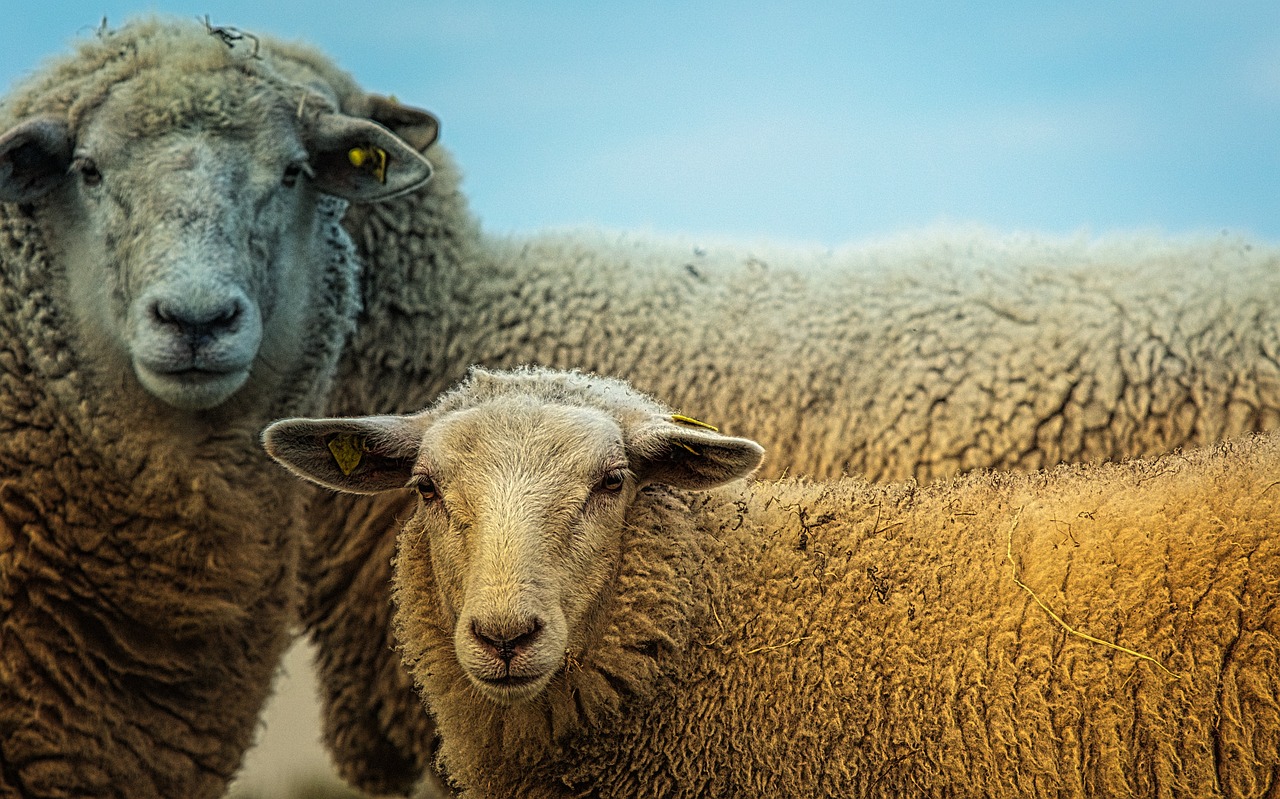
The mattress protector or pad you sleep on will be the most important weapon in your arsenal to help battle night sweats and hot flashes. Depending on the severity of your symptoms, and your sleeping partner, you have the options mentioned above.
“What’s under your sheet might just be ruining your sleep.”
| Material | Pros 🙌 | Cons 🙄 | Best For 💡 |
|---|---|---|---|
| Cotton (100%) | – Breathable – Washable – Budget-friendly |
– Can shrink in high heat – Absorbs moisture |
Light sleepers, regular washing, budget-friendly breathability |
| Organic Cotton | – Chemical-free – Breathable – Eco vibe |
– Same as above | Sensitive skin, clean-living legends |
| Silk | – Hypoallergenic – Moisture-wicking – Cooling |
– Less lofty – Needs gentle washing |
Intense hot flashes, skin sensitivity queens |
| Wool | – Temperature regulating – Moisture-wicking – Natural airflow |
– Pricier – Some not fully washable |
Year-round use, hot and cold sleepers |
| Polyester | – Cheap – Waterproof – Mattress warranty approved |
– Traps heat -Crinkly/plastic feel |
Budget + spill-proof, but not ideal for heat |
| Waterproof Incontinence Pads | – Targeted protection – Easy to swap out – Great for period leaks or bladder issues |
– Often synthetic – Not very breathable |
Those needing protection but not full coverage |
| Double Layer Hack | – Keep your warranty – Get airflow – Genius |
– Adds layers – Can shift around |
Anyone stuck with a synthetic base layer |
Stuck with a heat-trapping waterproof cover? Layer a cotton, silk, or wool protector on top to restore breathability without voiding that precious mattress warranty.
If a sheep can sleep in it on a mountain or in the desert while experiencing menopause, you can survive a hot flash in it. Promise.
Choosing sheets can feel like a wild jungle—so many options, so little time. But here’s the lowdown for menopausal sleepers: breathability is your BFF. You want sheets that let the air flow freely, keeping you cool when those hot flashes strike.
And if your skin’s gotten a bit more sensitive thanks to hormone changes, softness becomes a must-have. No rough edges or scratchy threads—just gentle, soothing comfort that pampers your skin all night long.
So when you’re shopping, think breathable and kind to your skin. Your body—and your beauty sleep—will thank you.
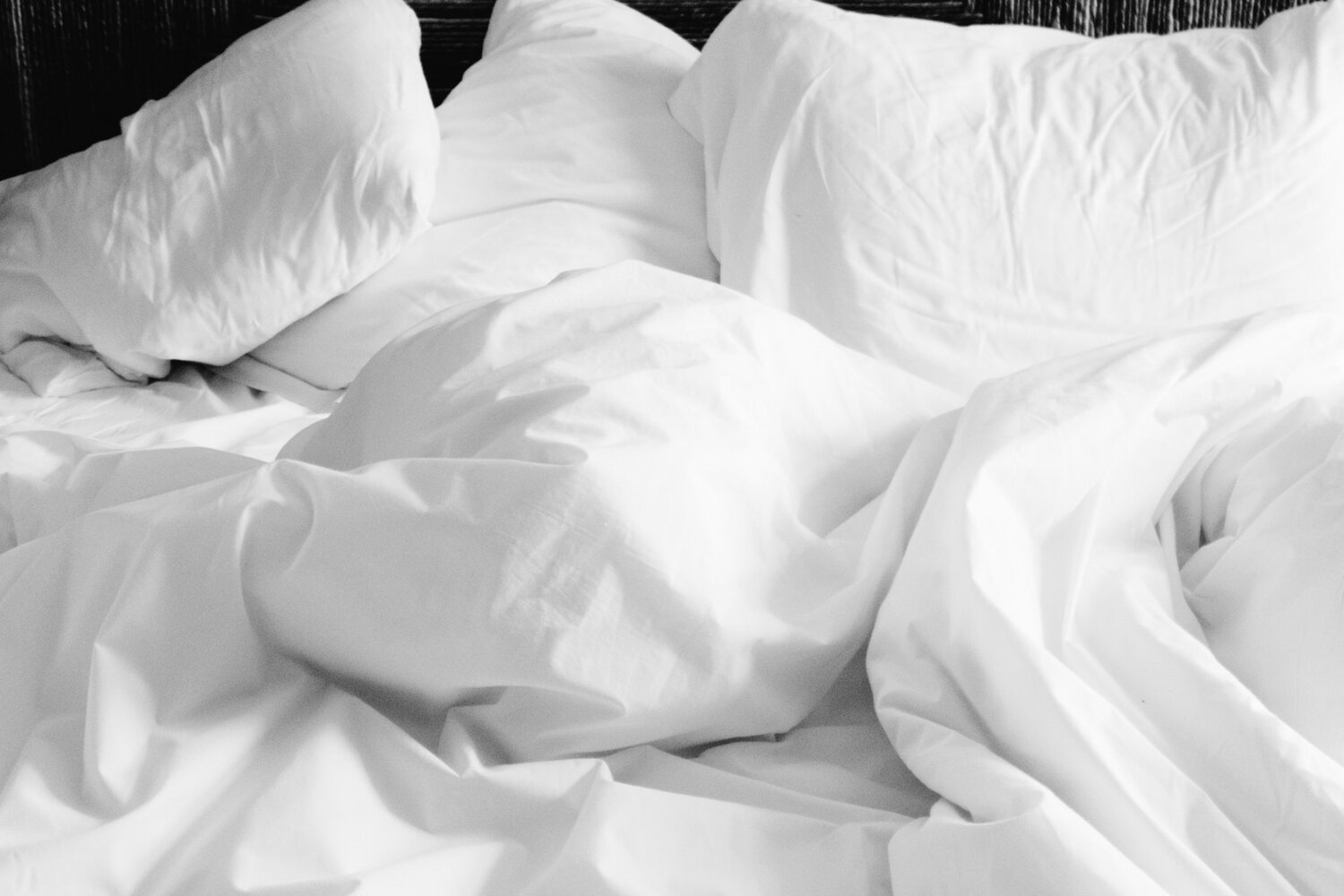
I’d definitely recommend checking out our other post on thread count because—newsflash!—higher doesn’t always mean better. For menopausal women, sheets in the 200–400 thread count range hit that sweet spot: breathable and durable. Go above 500 TC, and you’re looking at tighter weaves that could trap heat and crank up those symptoms.
Here’s your breathable lineup, from coolest to meh:
100% Linen
Linen/Cotton blends
100% Cotton
Bamboo
Jersey
Polyester/Cotton blends
Microfiber
Sure, there are tons of combos out there—Bamboo/Linen, Flannel/Polyester, you name it—but your best bet is always a lower thread count and breathable fabric that lets you catch those zzz’s without overheating.
We won’t pull the wool over your eyes here—really, you can just copy and paste everything we said about mattress pads and protectors when it comes to fabrics and breathability. Same rules, same vibe.
“My duvet has commitment issues—it’s on and off all night.”
Now, down duvets? They’re the lightest and warmest players on the field, all about insulation and coziness. But here’s the catch: insulation during menopause can turn your bed into a heat dome—think of it like a sauna where the thermostat is stuck on “scorching.” That convection-blocking power? It’s exactly what cranks up those pesky hot flashes and night sweats. So if you’re battling the heat dome, down might not be your BFF right now.
Instead, opt for breathable, natural fabrics like wool or silk-filled quilts. Wool regulates temperature like a champ—cooling you when you’re hot and warming you when you’re not. Silk’s moisture-wicking magic keeps humidity in check and feels oh-so-luxe against your skin.
If you want something lighter and easy-care, consider cotton filled —they breathe and keep your nights comfortable without the heat trap.
“Duvet or don’t… depends on the flash forecast.”
Bottom line? Your duvet should be your nighttime chill partner, not your personal furnace.
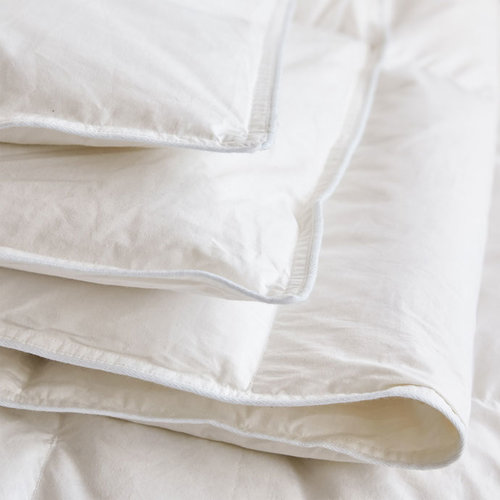
Ever wonder why La Niña wears the feminine crown for warm weather, and El Niño rocks the masculine vibe for cold? Just some fun weather trivia as you sweat it out under your down duvet—because menopause likes to keep us guessing, too!
Down duvets are the ultimate fluff-fest. They give your bed that “I just rolled out of a luxury hotel” vibe—puffy, plush, and downright dreamy to look at. But here’s the tea: all that loft? It traps heat like a mini sauna. For a menopausal night, that’s basically signing up for a sweaty sleep marathon.
If you’re sticking with down because you love the look, aim for a summer-weight duvet with a low-thread-count shell (200-300 TC is your sweet spot) and a light fill (think 18oz or so). That dense cambric cotton shell is great for keeping down inside but not so great at letting your skin breathe.
The result? Your bed looks absolutely stunning—until the lights go out and the sweat glands turn on full blast. Beauty may be pain, but your sleep doesn’t have to be.
For those picky, tricky sleepers juggling hormone shifts and allergy drama — whether it’s you or your bed buddy — down alternative’s here to check the boxes. It’s a fluffy mix of polyester and microfiber fillings, easier to wash than the real deal but not quite the breathability champ. Some high-quality ones even mimic down’s luxe look and feel. Heads up, hot sleepers: this won’t be your BFF during those fiery night sweats.

Like we mentioned in the mattress protector section, silk is the ultimate MVP for hot sleepers everywhere. It wicks moisture like a boss, pulling sweat away and cooling you down by keeping humidity in check.
Unlike down, silk doesn’t puff up with loft — it’s sleek, with a bit more weight to it. But trust me, you’ll totally appreciate what it brings to the sleep table. Silk and down are like night and day, so it’s worth diving into both before you make the call.
Natural, breathable, and low-maintenance, cotton is hands-down one of the coolest duvet options out there—not “Cool Hand Luke” cool, but temperature cool. If you want something a bit heftier than just a flat sheet, yet light enough to survive a drought (or, you know, menopause’s fiery moments), cotton’s got your back on this journey.
It might not cut it for the chilliest months, so for winter vibes, consider layering up or switching to a warmer option. And hey, don’t forget your partner tucked in beside you—no matter how wild your night sweats get, they might still want something with a little more substance. Selfish? Maybe. But hey, survival mode is real.
Some wool duvets are loftier and heavier than down or silk—but that extra weight brings serious regulating power. Wool’s magic? It works for both hot sleepers and cold sleepers. So, you and your partner can cozy up under the same wool duvet without starting a thermostat turf war.
Here’s the scoop: wool’s weight is measured in “gsm” (grams per square meter). Like down’s ounces, this number tells you if your wool duvet is summer-light, all-season cozy, or winter-warm. Summer wool runs about 250-280gsm, all-season hits 320-350gsm, and winter weighs in at a toasty 400-500gsm depending on the brand.
Remember when we said more wool under you on a mattress pad helps airflow and keeps you cool? Well, with duvets, you don’t need quite as much wool for airflow—because the weight itself helps regulate your temperature. So, if you’re riding the hot flash–chill rollercoaster, an all-season (or summer wool duvet — if you’re apartment-living) will have you feeling fleecy without ever overheating.
So if ewe want a duvet that’s smart, stylish, and sheepishly good for menopause nights, wool’s got your back (and your front).

Now, don’t get your knickers in a twist, climacteric comrades and hot sleepers alike. I’m about to drop a truth bomb that tends to ruffle some blankets—and tempers—in the bedroom. Brace yourselves: two duvets on one bed. Yep, you heard me right. Is it hot in here, or is it just me?
Sleeping the Scandinavian way has skyrocketed in popularity, especially among couples who couldn’t be more thermally incompatible. Why suffer the nightly tug-of-war? Here’s why splitting the duvet is an absolute game-changer:
First up, you get to pick your perfect duvet. Are you a hot sleeper craving a cool, moisture-wicking layer? Or maybe your toes turn into icicles come midnight, and only a winter-grade Hutterite goose down duvet rated for -40° will do. Hey, we all have our needs, no judgment here.
Second, no more midnight blanket battles. Need to kick off or flip your duvet without waking your partner? Easy. Your duvet, your rules. No more tugging, dragging, or passive-aggressive blanket theft.
And just imagine: you can still have those cozy cuddle sessions—under separate duvets! Party at my place. BYOB (Bring Your Own Blanket). Kidding aside, having the duvet talk can seriously up your sleep game and boost both your physical and mental wellbeing in the long run.
As the Modern Dane wisely puts it: “Even though I love my wife very much, I don’t share my toothbrush or underpants with her. Why would I share my duvet?”
Menopausal night sweats turning your pillow into a personal slip ‘n slide? Yeah, we see you. It’s like your head’s throwing its own sweaty rave while you’re just trying to catch some Z’s. Enter: the humble pillow protector—your new best friend in the battle against the midnight sweat flood.
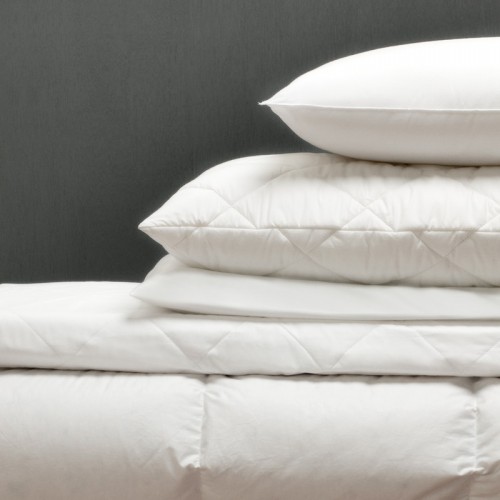
Alright, let’s talk about pillow protectors—the low-key MVPs in your bedtime lineup. If you think they’re just there to stop stains, think again. For hot menopausal sleepers, the right protector can be a game-changer in keeping your head cool and sweat-free when those night sweats crash the party.
Here’s the deal: your pillow is basically a heat magnet, soaking up all that warmth and moisture from your head. Without proper airflow and moisture control, your pillow quickly becomes a sauna pillow—no thanks! A breathable, moisture-wicking protector lets air flow freely and helps whisk away sweat, so you wake up feeling fresh, not like you just ran a marathon in your sleep.
Solid, breathable, and easy to wash, especially if you’re dealing with the occasional midnight mishap. But if you want to dial up the luxury and cooling power, silk pillow protectors are the real MVPs. They naturally wick moisture and keep humidity at bay, all while feeling buttery-soft against sensitive menopausal skin. Plus, you can wash them without worrying about a trip to the dry cleaner—just gentle cycle and air dry, and you’re golden.
Might sound wild, but hear me out. Wool is a temperature-regulating ninja that keeps you cool when it’s hot and cozy when it’s cold. Bonus: it’s naturally hypoallergenic and moisture-wicking, perfect if your skin is throwing tantrums thanks to hormone changes.
So, if you want your pillow to be your best night-time sidekick instead of a sweat trap, think breathable, moisture-wicking, and easy-to-clean. Your head (and your sleep) will thank you.
If your nights feel like a sauna thanks to menopause, your pillow isn’t just a pillow anymore — it’s your frontline comfort warrior. Picking the right one is like choosing a trusty sidekick who’s got your back (or, well, your head) through thick and thin — and hot and cold.
“Flashdance? More like flash pants-off—I’m roasting!”
Latex pillows bring the bounce and breathability. They’re naturally resistant to dust mites and mold — a win for sensitive menopausal skin that’s prone to irritation. Plus, they keep their shape without turning into a pancake by morning. Bonus: they’re a little springy, so you can toss and turn without feeling like you’re sleeping on a slab of concrete.
Natural fiber pillows? Wool give you breathable comfort that lets air flow and sweat evaporate. Perfect if your head feels like it’s hosting a personal weather event every night.
Pro tip: Don’t be shy about swapping your pillow more often than you did pre-menopause. Over time, pillows lose their loft and breathability, and no one wants a flat, sweaty pancake supporting their head during hot flashes.
Your pillow isn’t just an accessory — it’s your nighttime BFF. Treat it right, and it’ll keep you cool, comfy, and dreaming sweetly even when your hormones are throwing a wild party upstairs.
Look, your mattress might be decent, but sometimes it’s just not quite cutting it—especially when menopause crashes the party with night sweats and mood swings that would make a soap opera jealous. That’s where toppers come in: the unsung heroes that take your bed from “meh” to “HECK yes!” faster than you can say “hot flash.”
Featherbeds (2.5” of feather fluff heaven)
Feel like you’re sleeping on a cloud that almost got its pilot’s license. Featherbeds bring that classic bougie softness while letting air sneak through—so you can stay comfy without roasting like a Sunday chicken. Just don’t blame us if you start feeling fancy enough to call yourself royalty.
Polyball Fiber: The MVP for “I want fluff without the drama”
Hypoallergenic? Check. Machine washable? Absolutely. Cooling? Well… not exactly. Let’s be real—polyball fiber might not be the poster child for breathability, but it is a soft, fluffy cloud of comfort. Think of it as your low-maintenance bestie: not perfect in the heat, but always there with a hug and a clean conscience. For cooler sleepers or those just dipping a toe into the topper game, it’s a solid choice.
Dunlop Latex: The cool, firm hug you didn’t know you needed
Latex toppers are like that sassy friend who tells you the truth but has your back. Supportive yet breathable, durable yet bouncy, they keep you cool when menopause tries to turn up the heat. Plus, they naturally repel dust mites and allergens—so you get a cleaner, fresher sleep without sacrificing comfort.
So go ahead, give your mattress that glow-up it’s been begging for, and show menopause who’s boss—all while sinking into the sleep upgrade you totally deserve.
Period, the end.